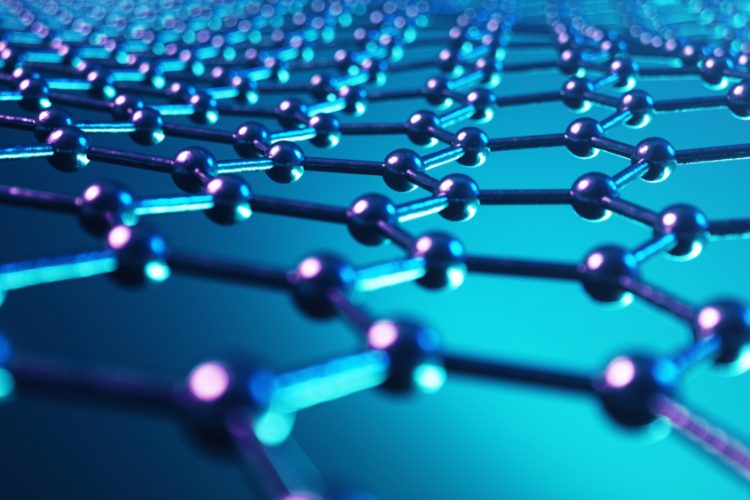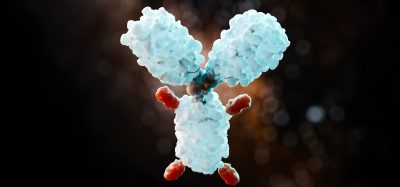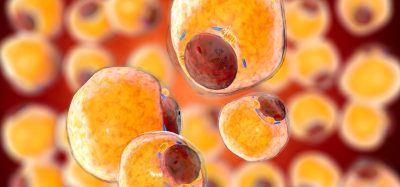Microcrystal electron diffraction could advance drug development
Posted: 14 July 2021 | Anna Begley (Drug Target Review) | No comments yet
UK researchers have shown how microcrystal electron diffraction (MicroED) could obtain the structures of potential pharmaceuticals.


A team of researchers at NanoImaging Services, UK, have presented how the use of microcrystal electron diffraction (MicroED) could potentially grow to obtain the structures of potential pharmaceuticals which would signify a pivotal step in drug development.
Three-dimensional (3D) crystal structures that show the relative positions of atoms, bonds and intramolecular interactions are required to understand stability, reactivity, solubility and suitability for pharmaceutical use. Usually, researchers use X-ray diffraction (XRD), specifically single-crystal XRD, to solve crystal structures. XRD requires large (100 μm or larger), well-ordered crystals, however several thousand known active pharmaceutical ingredients (APIs) are only available as crystalline powders that do not readily form large crystals. The team therefore propose MicroED as an alternative.
“Growing large crystals is a huge bottleneck for those interested in determining crystal structures,” explained author Jessica Bruhn. “MicroED can work with crystals of almost any size as it is generally fairly straightforward to break large crystals into a size suitable for MicroED.”
Electron diffraction is similar to XRD, but uses a beam of electrons rather than X-rays to obtain crystal structures. As electrons readily interact with matter, MicroED can solve high-resolution crystal structures from sub-micron-sized crystals. According to the developers, this is particularly useful for small-molecule drugs, many of which form microcrystals, and the approach helps with the drug discovery phase when sample quantities are extremely limited. In the development phase, researchers can use it to determine structures of reaction products and by-products which can help guide synthesis strategies and inform production decisions.
Bruhn stated: “Single-crystal XRD is faster, cheaper and easier to access compared to electron diffraction today… However, I do expect to see electron diffraction determining more and more structures inaccessible to X-rays, such as those of transient polymorphs, helping to expand the breadth of crystal structures that can be determined.”
In developing the MircoED pipeline, the team explored available MicroED data, including data stored in the Cambridge Structural Database (CSD) that houses small molecule and metal-organic experimental crystal structures with entries annotated by experts. Around 98 percent of the structures in the CSD are from laboratory X-ray diffractometers, but the CSD holds a growing number of 3D electron diffraction datasets, including those solved by MicroED. The number of electron structures in the CSD has grown rapidly in the past three years and, at present, there are over 100 unique datasets determined using electron diffraction in the CSD’s June 2021 web and desktop offerings.
“Electron diffraction is truly one of the most exciting and rapidly evolving areas of structural science,” Suzanna Ward, Head of Database at the CCDC, said. “Recent publications already show how it could help to speed up the development of new drugs, and we are eagerly anticipating how it might impact the volume and breadth of data we are able to share through the CSD. I think we have an interesting journey ahead of us, and it will be intriguing to see how 3D electron diffraction will be utilised in both industry and academia over the coming years.”
The study was published in Frontiers in Molecular Biosciences.
Related topics
Crystallography, Drug Development, Drug Discovery, Drug Leads, Hit-to-Lead, Structural Biology, X-ray Crystallography
Related organisations
NanoImaging Services
Related people
Jessica Bruhn, Suzanna Ward








